
Privacy statement: Your privacy is very important to Us. Our company promises not to disclose your personal information to any external company with out your explicit permission.
In this blog post, we will explore how CNC machining centers are being innovatively applied in aerospace and automotive manufacturing. We'll also delve into related keywords and topics such as advanced manufacturing, precision engineering, and high-performance materials.
CNC machining refers to the use of computer systems to control machine tools in the manufacturing process. Unlike manual machining, CNC machines follow a programmed set of instructions to produce parts with extreme accuracy. CNC machining centers are versatile, capable of performing tasks such as drilling, milling, turning, and grinding—all while maintaining tight tolerances.
Aerospace and automotive manufacturers rely on CNC machining centers to create complex parts that meet the high standards of performance, safety, and precision. CNC technology helps eliminate human error and increases the overall efficiency of production, providing consistent quality that is crucial in industries where safety and performance are non-negotiable.
Aerospace is an industry that thrives on precision. The smallest error in component production can result in critical failures, which is why CNC machining plays such an integral role.
Aircraft manufacturers are constantly seeking ways to reduce weight without compromising on safety or performance. CNC machining centers excel at working with advanced materials like aluminum, titanium, and composites, which are vital for creating lightweight yet strong components. For instance, components such as turbine blades, airframes, and landing gear are machined with tight tolerances to ensure both reliability and minimal weight.
One of the most exciting innovations is the hybrid use of CNC machining with additive manufacturing. This process combines 3D printing (additive) with traditional CNC machining (subtractive) to create highly complex parts. The combination allows for the optimization of material usage, as CNC machines precisely remove excess material after an initial additive build. This approach is used in making intricate parts like engine nozzles or custom brackets, where both performance and weight-saving are essential.
CNC machining centers can produce highly intricate geometries, including those that are impossible or cost-prohibitive to achieve through traditional methods. For example, parts like fuel injection nozzles, hydraulic manifolds, and compressor blades require multi-axis CNC machining to reach the level of precision necessary for safe operation in extreme environments.
Aerospace parts must adhere to stringent quality standards. CNC machining ensures repeatability, meaning that every part produced is identical to the first one. This level of consistency is vital in aerospace, where even minor variations in parts can lead to performance issues or safety hazards. Additionally, CNC machining centers are often integrated with real-time monitoring systems to detect and correct errors during production.
The automotive industry has similarly benefited from the innovative applications of CNC machining centers, particularly in the areas of precision engineering, performance improvement, and material efficiency.
The engine is the heart of any vehicle, and CNC machining has revolutionized how engines are produced. CNC machines are used to create engine blocks, cylinder heads, and other critical components with extreme accuracy. This precision is essential for engines to perform efficiently and reliably, reducing wear and tear over time. Manufacturers like BMW and Ford use CNC machining to create high-performance engines for both standard and luxury models.
CNC machining plays a pivotal role in automotive prototyping. Manufacturers can quickly produce and test new parts before committing to full-scale production. With CNC, rapid prototyping becomes cost-effective and highly flexible, allowing manufacturers to experiment with new designs and materials. Moreover, CNC machining allows for the customization of parts, especially in the case of performance or luxury vehicles where custom components are often requested.
As the world moves towards greener transportation solutions, electric vehicles (EVs) are becoming more common. One of the challenges in EV manufacturing is weight reduction. CNC machining enables the creation of lightweight aluminum or composite parts that reduce the overall weight of EVs, leading to better performance and increased battery range. CNC machining also ensures that critical EV components, such as battery housings and powertrain elements, meet the stringent precision and safety requirements needed for efficient operation.
Automotive manufacturers also use CNC machining for the production of high-performance parts. From turbochargers to suspension components, CNC machining allows for tighter tolerances, which translates into better vehicle performance. Racing teams and aftermarket part suppliers rely on CNC machining to produce custom parts that improve vehicle speed, handling, and durability.
As CNC machining evolves, so does the integration of automation and robotics into the process. Advanced CNC machines can now be paired with robotic arms for material handling, inspection, and post-processing tasks. This integration further enhances the efficiency and precision of manufacturing processes in both the aerospace and automotive industries.
One of the most significant advancements in CNC machining is the ability to run machines autonomously, a concept known as "lights-out manufacturing." In this setup, machines continue operating even without human supervision, increasing productivity and reducing labor costs. Aerospace and automotive manufacturers benefit from lights-out machining because it allows them to produce components around the clock without sacrificing quality.
Collaborative robots, or cobots, work alongside CNC machines to increase production efficiency. Cobots can handle tasks like loading raw materials into the machine, performing inspections, and sorting finished parts. In industries like automotive and aerospace, where speed and accuracy are crucial, cobots help streamline operations without compromising quality.
Sustainability is becoming a critical concern across industries, and CNC machining plays a role in reducing waste and energy consumption in manufacturing.
CNC machining centers use materials more efficiently by minimizing waste. In the automotive and aerospace industries, where the cost of raw materials such as aluminum, titanium, and carbon fiber is high, CNC machining allows for more precise material removal. This ensures that less material is wasted, and manufacturers can get more out of their initial stock.
Many modern CNC machining centers are designed with energy efficiency in mind. These machines use less electricity and require fewer resources to operate compared to traditional manufacturing methods. The integration of energy-efficient technologies in CNC machining is helping both the automotive and aerospace sectors reduce their carbon footprint.
As we look toward the future, several trends are poised to shape the role of CNC machining in aerospace and automotive manufacturing:
AI and machine learning are expected to play a larger role in CNC machining. AI-powered systems can optimize machining processes by analyzing data in real-time, adjusting parameters to improve efficiency and reduce waste. Machine learning algorithms can also predict maintenance needs for CNC machines, ensuring minimal downtime and maximum productivity.
While multi-axis CNC machines are already in use, 5-axis machining is becoming more prevalent in aerospace and automotive applications. 5-axis machines allow for greater flexibility in producing complex parts, enabling manufacturers to achieve new levels of precision and performance.
As additive manufacturing (3D printing) technology advances, it will be further integrated into CNC machining processes. The combination of 3D printing and CNC machining allows for even more intricate part designs, reduced lead times, and optimized material use. This hybrid approach will play an increasingly important role in both aerospace and automotive manufacturing, particularly in the production of custom parts and prototypes.
October 29, 2024
October 28, 2024
Email to this supplier
October 29, 2024
October 28, 2024


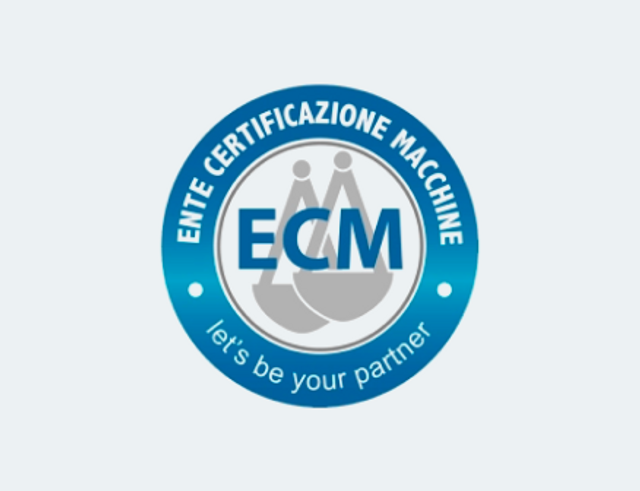



Explore our Extensive Range of Precision Metalworking Machine Tools. Discover the Power of Precision and Innovation in Metal and Material Processing with Weiss
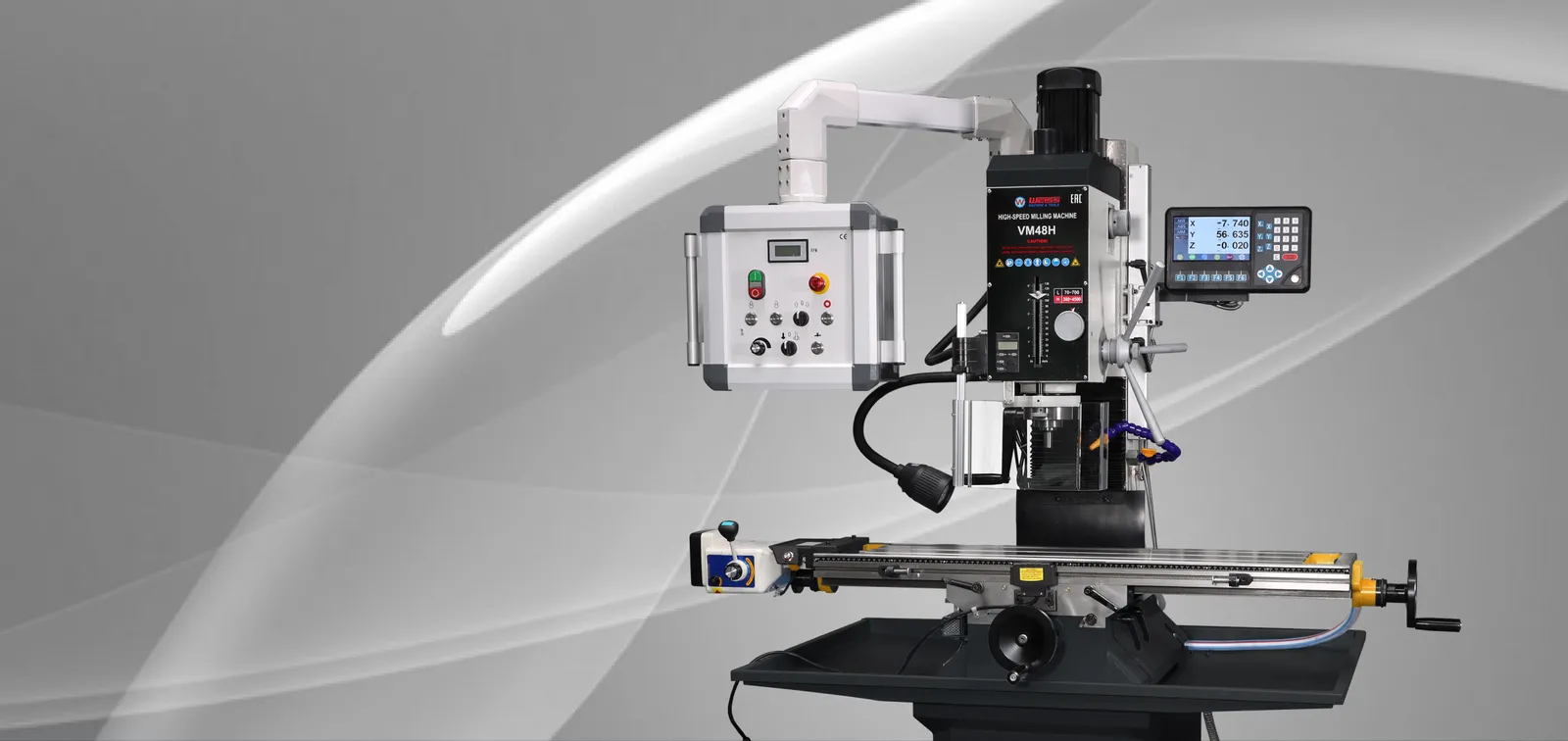
Heavy, stable and solid column,
made of high-quality gray cast iron, with ground and scraped dovetail guide,
for high stability and precision
View More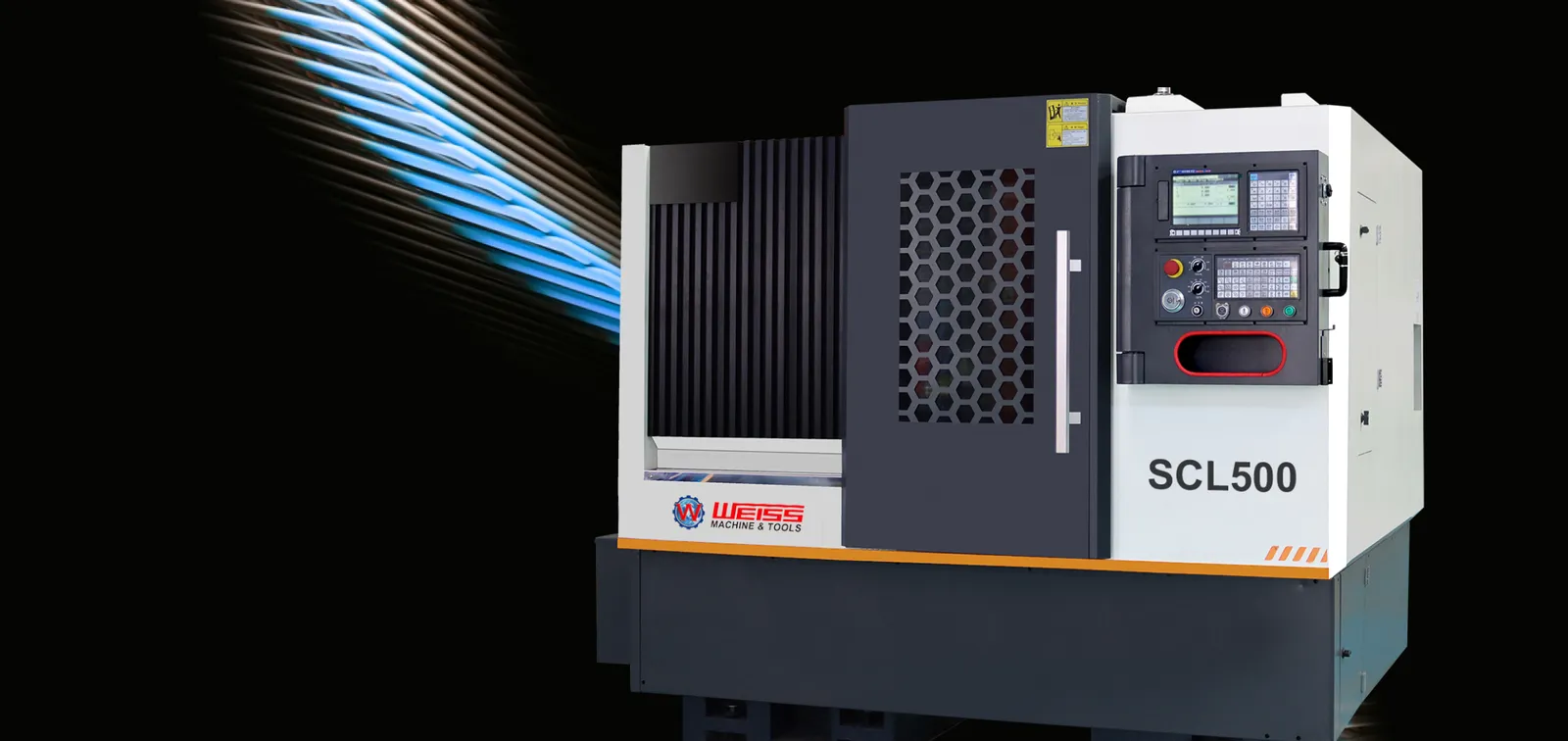
Slant bed and linear guide way CNC lathe.
High speed, High precision, High reliability
View More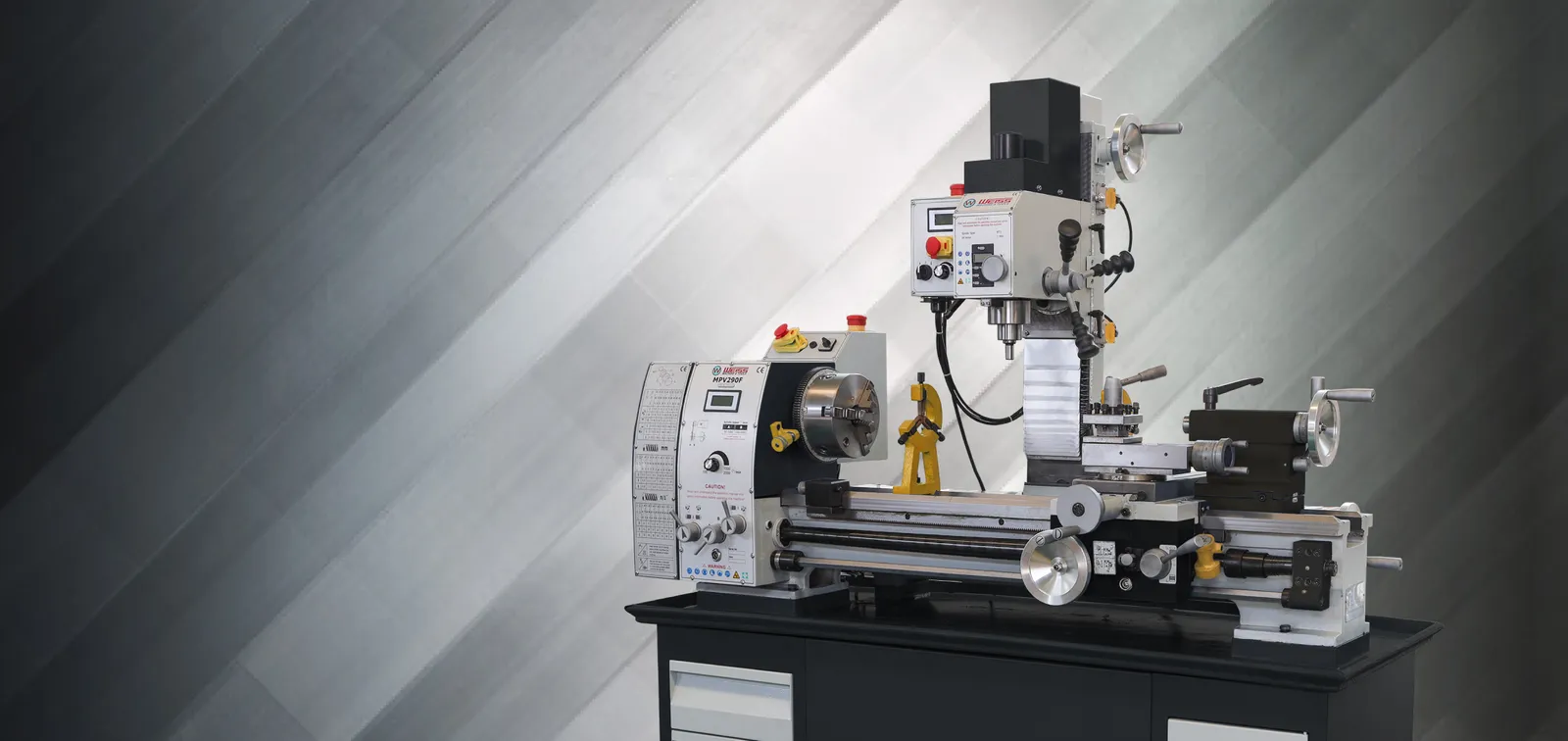
Prouduct quality and reliability Competitive pricing
Product innovatio and cariety
View MoreWEISS MACHINERY CO., LTD. to be your trusted partner for metalworking machine tools. We have a wide range of milling machines , tapping machines, and accessories that meet the highest standards of quality, performance, and reliability. Our machines have brushless motors that ensure low maintenance and high efficiency. We also offer online sales, international delivery, secure payment, professional advice, and 20 years of experience. Weiss, make it easy!
View MoreCompany Establishment
Countries&Regions with Product Sales
Factory Area
Product Varieties

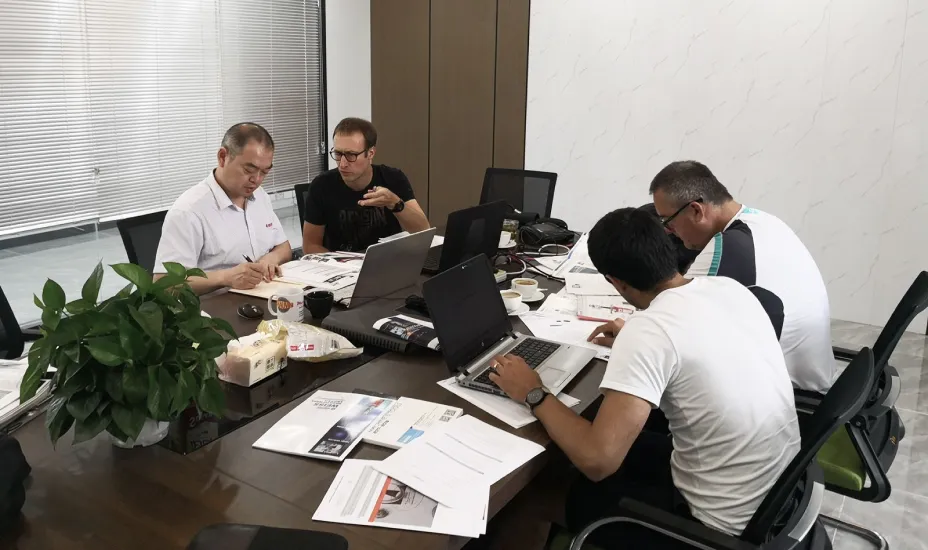
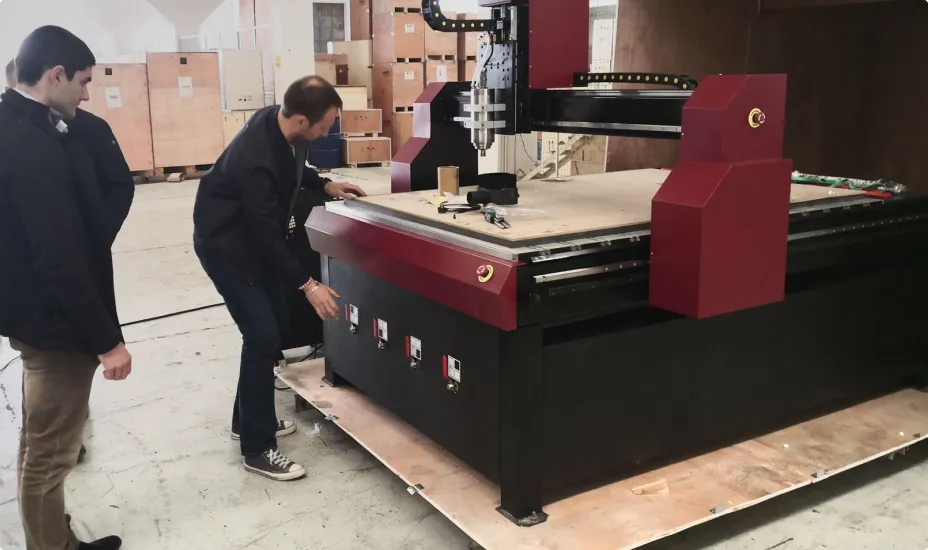
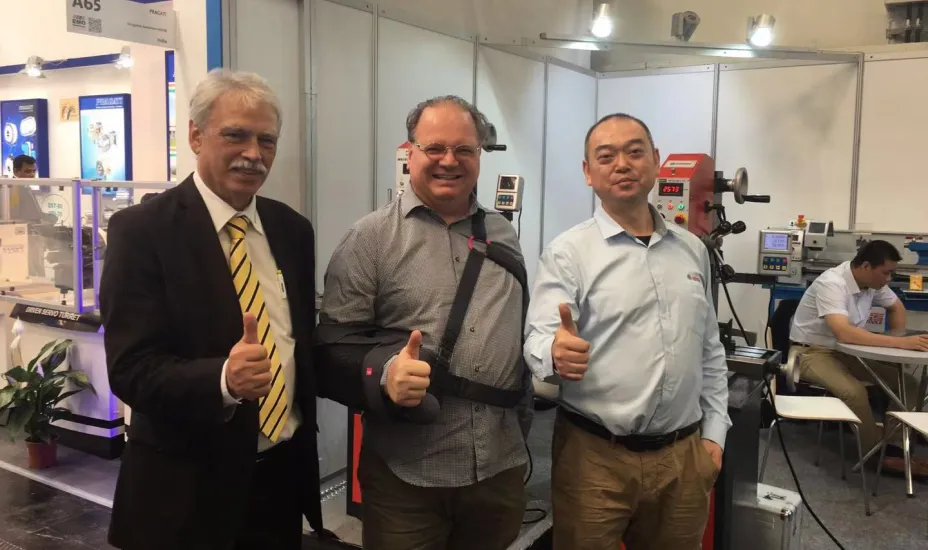
We have been extremely impressed with the quality and performance of the electronic milling machine we purchased from your company. It has greatly enhanced our production capabilities and consistently delivers exceptional results.
MA***N
Your Trusted Partner for Comprehensive Machine Tool Solutions.

Privacy statement: Your privacy is very important to Us. Our company promises not to disclose your personal information to any external company with out your explicit permission.

Fill in more information so that we can get in touch with you faster
Privacy statement: Your privacy is very important to Us. Our company promises not to disclose your personal information to any external company with out your explicit permission.